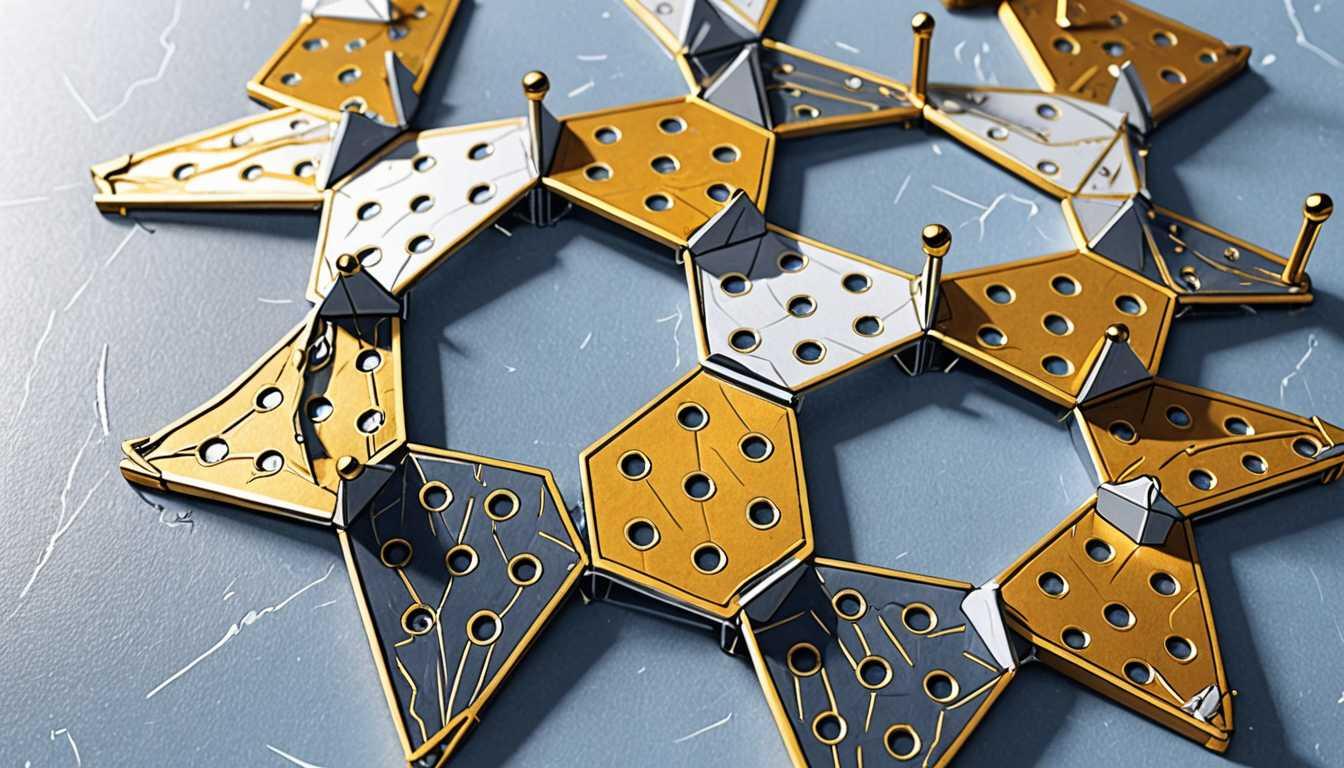MIT Engineers Muscle-Powered Robots
April 2024
Massachusetts Institute of Technology (MIT)
Introduction
Dive into the world of robotics with MIT's latest breakthrough where engineers have crafted flexible skeletons to boost muscle-powered robots. Imagine robots that swim, walk, and grip using real muscle power! This isn't sci-fi—it's engineering magic from MIT, detailed in their new study in Advanced Intelligent Systems. Perfect for your next tech-geek-out session!
READ FULL ARTICLEWhy It Matters
Discover how this topic shapes your world and future
Unleashing the Power of Muscle-Driven Robots
Imagine a world where robots heal themselves, grow stronger with exercise, and perform tasks with the precision and strength of human muscles. This isn't a scene from a sci-fi movie; it's the real-world impact of cutting-edge research by MIT engineers. They've created flexible "skeletons" for robots, powered by muscle tissues, that can walk, swim, and grip with remarkable efficiency. This breakthrough could revolutionize fields like medicine, where such robots could perform minimally invasive surgeries, or even in disaster recovery scenarios, assisting in environments too hazardous for humans. For you, this sparks a thrilling glimpse into a future where biology and technology blend seamlessly, opening doors to innovations that could one day be part of your everyday life.
Speak like a Scholar
Actuator
A device that converts energy into motion. Think of it as a muscle for machines.
Biohybrid
A combination of biological and synthetic components. In this context, robots that have both living muscle tissues and artificial parts.
Flexure
A spring-like mechanism that can bend or flex. Engineers use these to help robots move efficiently.
Contractions
When muscle tissues tighten and relax, pulling attached structures to create movement.
Articulated
Something made with joints that allow for movement, like your elbows or a robot's limbs.
Endurance
The ability of muscle (or any material) to withstand wear and tear over time without losing functionality.
Independent Research Ideas
Muscle Performance in Robots
Investigate how different types of muscle tissues affect the performance, strength, and endurance of biohybrid robots. This could lead to better designs for medical or rescue robots.
Environmental Impact of Biohybrid Robots
Study how biohybrid robots could be used in environmental monitoring or cleanup, focusing on their adaptability and sustainability.
Cultural Representation in Robot Design
Explore how cultural perceptions of robotics and organic materials influence robot design and acceptance in various societies.
Comparison with Traditional Robotics
Analyze the benefits and limitations of muscle-powered robots compared to conventional electronic actuators, particularly in terms of energy efficiency and precision.
Ethical Implications of Biohybrid Robots
Delve into the ethical considerations of using living tissues in robots, including issues of bioethics and the potential for sentient machines.
Related Articles

Magnetic Microbots: Future Medics?
July 2023
Massachusetts Institute of Technology (MIT)

Touching the Future: E-Skin Wonders
May 2023
MIT Technology Review

Octopus-Inspired Robotic Grip
April 2024
University of Bristol

Robotic Cuffs: Future of Neurocare
April 2024
University of Cambridge

Meet the Crawling Kirigami Robot!
September 2024
Cornell News Highlights